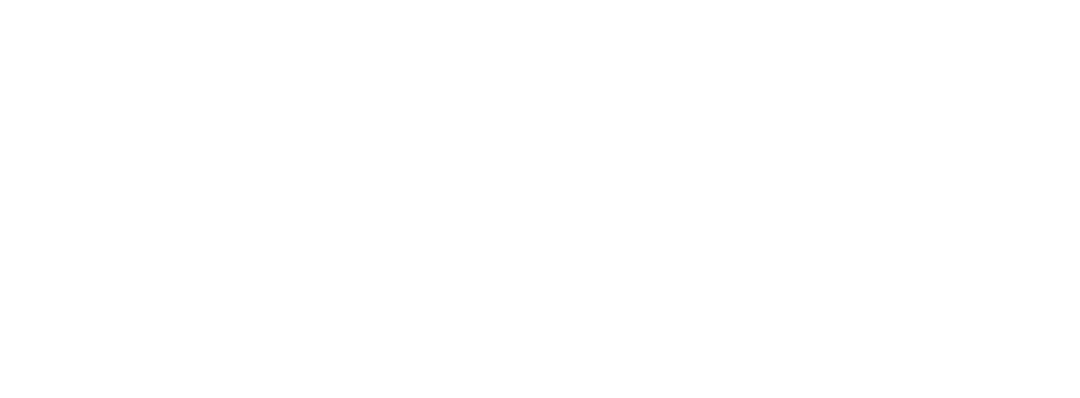Podcast: Play in new window | Download
You have 90 minutes to restore blood flow.
Step 1: Obtain EKG and Call STEMI Alert
- This activates ED resources as well as cath lab, interventional cardiology, etc
Step 2: Stop the Platelets
- Dual anti-platelet therapy
- Aspirin 325mg chewed (or PR)
- Plavix 600mg (not usually given in ED)
- Complicates management if patient needs CABG
Step 3: Stop the Coagulation Cascade
- Heparin 60 units/kg (MAX 4000 units)
Step 4: Patient Should (Ideally) Be Going to Cath Lab By Now
- If you DON’T have cath lab
- Option 1: 30 minutes to give thrombolytics
- Option 2: 120 minutes to get them to a different hospital with cath lab
Sgarbossa Criteria
- Left bundle branch block (LBBB)
- PLUS
- Concordant ST elevation (>1mm) in leads with positive QRS
- OR
- Concordant ST depression (>1mm) in leads with negative QRS
- Typically V1-V3
- OR
- Severely discordant ST elevation (>5mm) in leads with negative QRS
“MONA”
- Morphine 4mg IV q5min PRN pain is appropriate if patient actually HAS pain
- Oxygen has been shown to worsen outcomes if given indiscriminately
- Not ideal to be giving supplemental O2 when SaO2 is 100%
- Nitroglycerine
- Nitroglycerine 0.4 mg SL q5min
- OR
- Nitroglycerin 10mcg/min drip (will need to be titrated UP)
- For comparison…
- 0.4 mg SL nitroglycerine releases approximately 80mcg/min
- For comparison…
- Contraindications
- Inferior/Right heart infarction
- Patients usually preload dependent
- Nitro drops preload
- Sildenafil (Viagra)
- Can cause sudden/severe drop in blood pressure
- Hypotension
- Inferior/Right heart infarction
Additional Reading
- Round 3 – Chest Pain (EM Clerkship)
- The Death of MONA in ACS: Part 1 – Morphine (REBEL EM)
- The Death of MONA in ACS: Part 2 – Oxygen (REBEL EM)
- The Death of MONA in ACS: Part 3 – Nitroglycerine (REBEL EM)
- The Death of MONA in ACS: Part 4 – Aspirin (REBEL EM)
